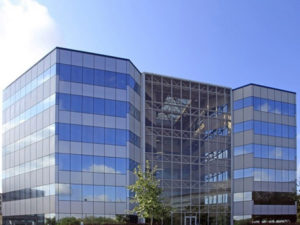View this content on Passenger Ship Technology.
Wed 24 Oct 2018 by Rebecca Moore

A methanol passenger ship project reveals why this fuel will pick up pace for cruise ships and ferries
A recent research project has highlighted the key advantages of using methanol as a fuel for a cruise ships and ropax, and I think it backs up mounting evidence that we will see the use of this power quickly gain momentum within the passenger ship sector.
The MethaShip research project has found key advantages for using methanol in medium-speed marine engines for passenger shipping and developed a cruise ship design featuring seven integrated storage tanks made of coated conventional mild steel.
The project brought together Flensburger Schiffbau-Gesellschaft, Lloyd’s Register, Meyer Werft and associate partners Caterpillar, Helm AG and MAN Diesel & Turbo. It was funded by the German Federal Ministry for Economic Affairs and Energy.
As the shipping industry tries to find solutions to meet IMO’s carbon emissions reduction strategy, the findings of this project conclude that renewable methanol offers a long-term solution, with MethaShip project leader Daniel Sahnen of Meyer Werft adding “in the medium term a breakthrough could be possible with methanol as a fuel for a holistic reduction of CO2 emissions”.
A key advantage of passenger ships using methanol – as the project found – is in contrast to other alternative fuels such as LNG, it offers the crucial advantage of being very easy to handle, with easier storage and transport properties. The major benefit is its storage at ambient temperature and ambient pressure without loss, while in terms of ship design, methanol is space-saving, simple and practical with the established advantages of a liquid fuel.
Crucially, there is already widespread infrastructure and availability of methanol, which will make it much easier for the industry to use.
Several projects show it is possible to use in passenger ships, such as Stena Line’s Stena Germanica, which underwent a conversion to dual-fuel methanol in 2015. There are also ship designs using methanol now. For example, Abeking & Rasmussen shipyard is designing a cruise ship that will use both fuel cells and methanol, with the aim to be as free of emissions as possible.

